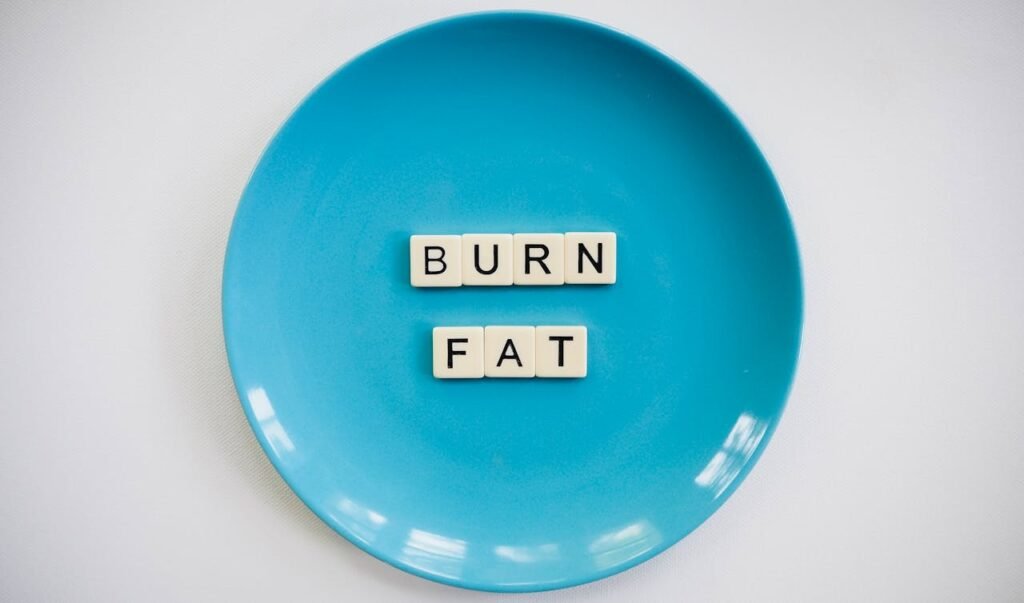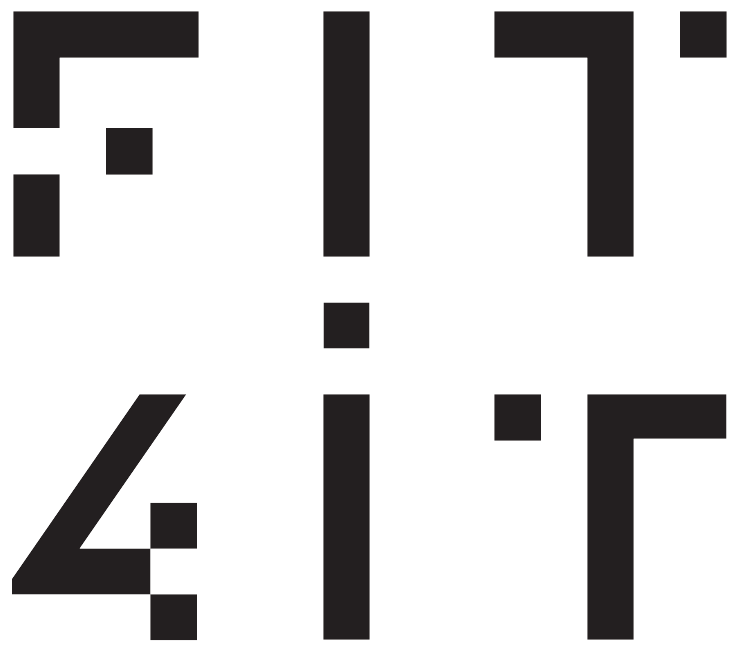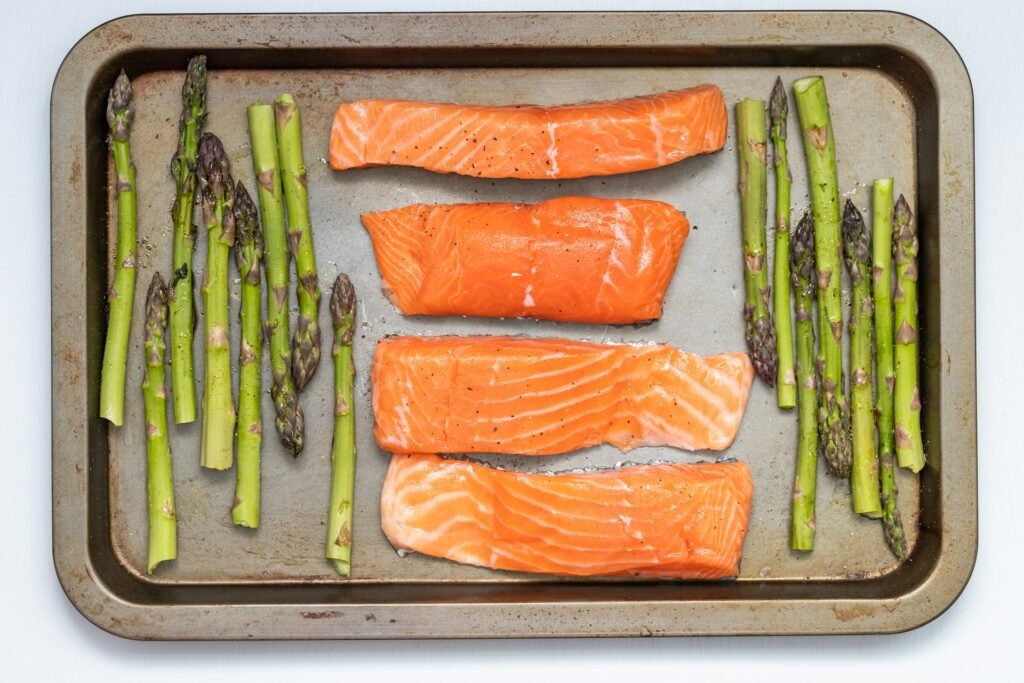You must have heard of the ketogenic diet or more popularly known as Keto diet? While it may sounds trendy, it is not new. The diet centers around manipulating carbohydrates thereby changing how your body processes energy.
It is more complex than you can imagine and has sparked much debate. Curious? Let’s take a deeper look.
Understanding The Ketogenic Diet
The ketogenic diet restricts daily carbohydrate intake to less than 50g. As carbs decrease, the body produces ketone bodies. They are generated in the liver from fatty acids and provide energy, especially for the brain, heart, and muscles.
Ketosis (the state of elevated ketones) promotes fat metabolism, as the body shifts from burning carbs to burning stored fat. The idea is to make the body rely on fat as its primary energy source, shifting from glucose.

The ketogenic diet helps the body burn fat for fuel, promoting weight loss.
The origins of this diet trace back to the early 1900s. It emerged from research on fasting as a treatment for epilepsy. Doctors observed fasting controlled seizures. But here’s the harsh truth: fasting isn’t a sustainable long-term solution.
Hence, instead of fasting the doctors found a low-carb diet had similar benefits. Fast forward, this diet has seen peaks in popularity, including the famous ‘Atkins diet.’
How The Ketogenic Diet Works
Our body primarily uses four fuel sources:
- Glucose (from carbs)
- Amino acids (from protein)
- Free fatty acids (from fats)
- Ketones (from fats)
When carb levels decrease, the body taps into stored glucose. Since these reserves are limited, fat becomes the next best energy source. As we reduce carbs, the body ramps up the production of ketones, especially when muscle and liver cells run low on glucose. Therefore, a diet low in carbs forces the body to rely on fats and ketones for energy.
Role Of Hormones
Two crucial hormones in the ketogenic process are insulin and glucagon. Insulin gets activated primarily by carbs and manages blood sugar levels. Glucagon does the opposite, breaking down stored energy when blood sugar is low.
When carbs decrease, insulin drops and glucagon rises. This prompts the body to use stored energy, breaking fats into ketones.
The Pros & Cons Of The Ketogenic Diet
Pros:
- Fat Loss: There are many who swear by the ketogenic diet for weight loss. While there is an initial drop due to water loss, genuine fat loss depends on calorie intake.
- Appetite Control: Low-carb diets can be more filling, leading to fewer calories consumed.
- Improved Cholesterol: A focus on healthy fats can increase good cholesterol and decrease bad cholesterol.
Cons:
- Potential Muscle Loss: The initial phase of the ketogenic diet can lead to muscle loss. Make sure to take adequate protein can help prevent this.
- Performance Drop: Physically active people might experience energy dips.
- Nutrient Deficiency: Limiting carbs might lead to micronutrient shortfalls. It’s essential to keep the diet balanced to avoid any deficiency of vitamins and minerals.
Getting Started With The Ketogenic Diet
Setting up a ketogenic diet requires understanding how different nutrients influence the ketogenic state.

The ketogenic diet boosts fat burning and enhances mental clarity by shifting the body into ketosis.
Here is a quick checklist:
- Protein: Necessary but in moderation. Too much might hinder ketosis.
- Fat: Central to the diet. But balance is essential.
- Carbs: The primary factor to watch. Aim for less than 100g, ideally around 30g.
- Alcohol: Doesn’t directly affect ketosis but can hinder fat production.
- Water: Hydration is vital, especially since ketosis can dehydrate.
- Caffeine and Fiber: Monitor your intake. Some report caffeine affecting insulin, and while fiber is a carb, it’s not fully digested.
Final Thoughts
The ketogenic diet isn’t for everyone. But if you’re curious and it fits your needs, it can be an effective tool in your nutritional arsenal. Always research further and consult with a healthcare professional before going for it.
Was this helpful?
Good job! Please give your positive feedback
How could we improve this post? Please Help us.







No Comments